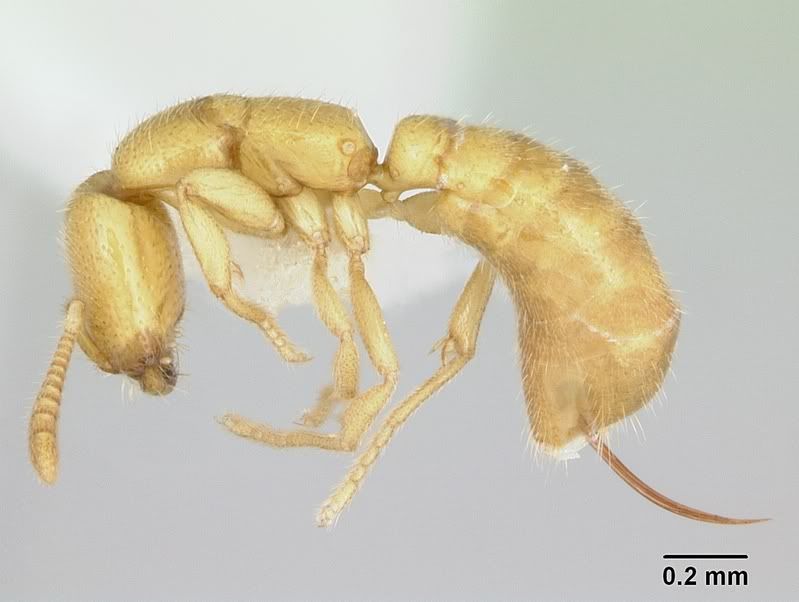 |
| Image by Bob Gress via Outdoor Alabama |
The Allegheny Woodrat (Neotoma magister) is literally a big packrat. Much like the Fen Raft Spider researchers who called it a “beautiful spider,” the Woodrat is described by Wikipedia as, “…particularly handsome in appearance resembling more of an over sized White-footed Mouse than the Norway Rat.” That’s not exactly a stunning endorsement.
As its name suggests, the Allegheny Woodrat is found along the Allegheny Mountains, typically in the woods. More specifically, these large rodents are found among rocky outcroppings, where they build their nests. They are nocturnal and understandably shy, as their main predators are owls, bobcats, weasels, foxes, and probably any other large predator that happens to be outside at that time of night. Their food consists of typical small herbivore fare: berries, seeds, nuts, and grasses.
Like other packrats, they make a bark-and-grass nest, tucked away in their little hidey-hole, and decorate it with exciting shiny things they find around the place. It has been suggested that they will place dried leaves near their football-sized nest to act as early warning systems to detect incoming predators. They raise three litters of three babies per year, which is apparently very few compared to their more promiscuous cousins.
Scientists have noticed the population decline of the Woodrats all over their range, except, apparently, in Kentucky, where they seem to be doing all right for some reason. Defoliation vectors, such as Gypsy Moth or Chestnut Blight have caused habitat problems throughout the Woodrat’s range. However, the best suspect for their decline is a little nematode known as Baylisascaris procyonis. As areas become more urbanized, generalists, such as Raccoons, become more populous. B. procyonis is a Raccoon parasite, and it is fatal to Woodrats. Most of the conservation efforts surrounding the Woodrat have been studies trying to control this parasite.
1I really don’t like the fact that I can’t write about some organisms because there’s not enough data out there. I may have to make a post of animals with cool names and insufficient data, just to keep track of them.


